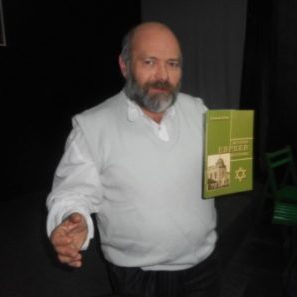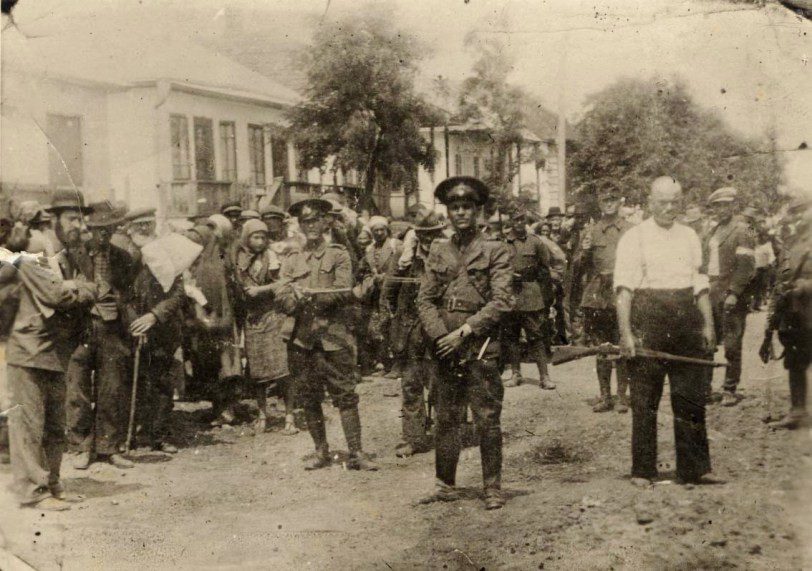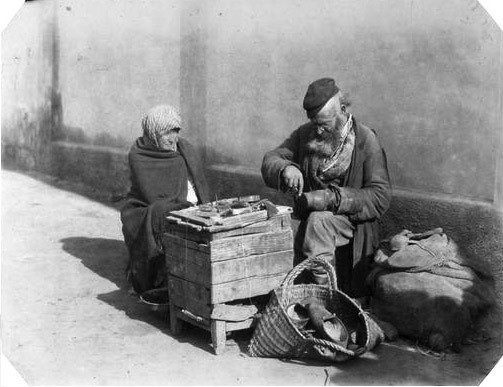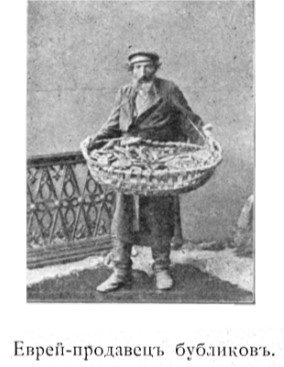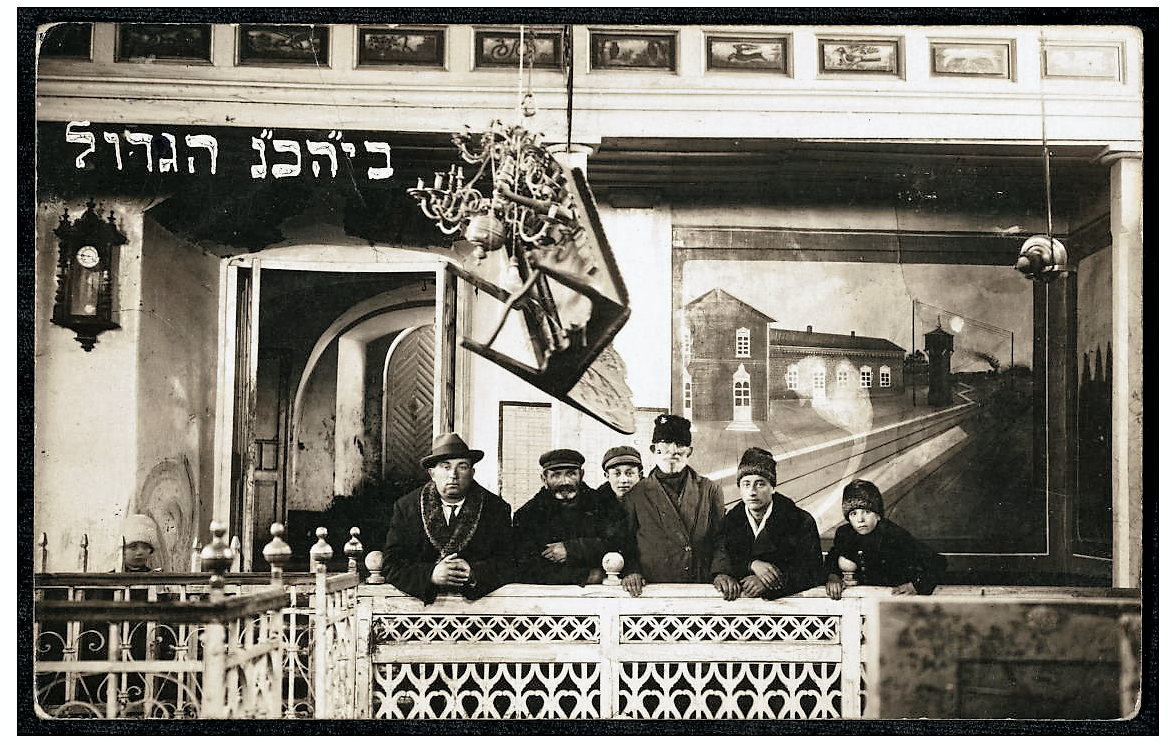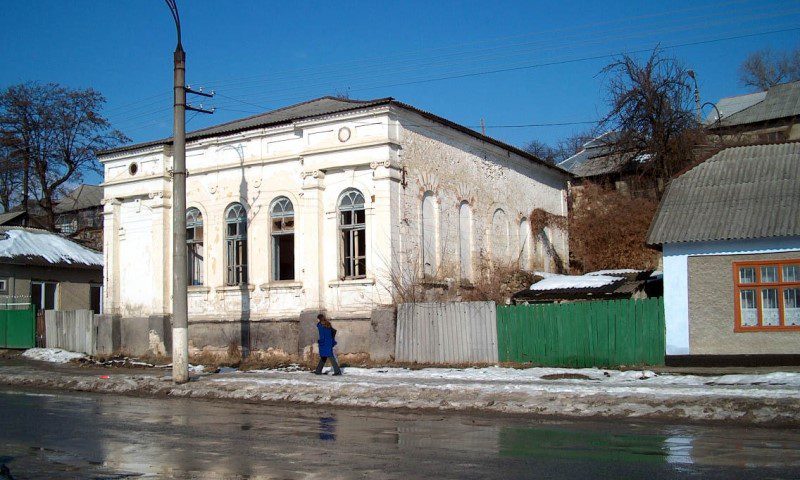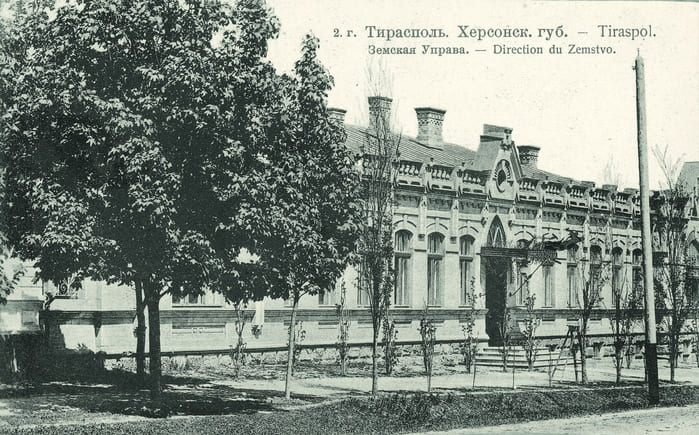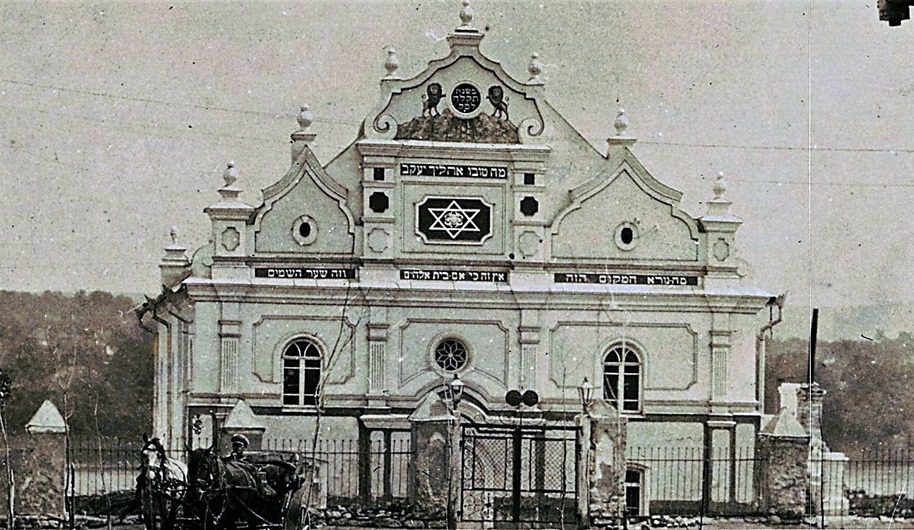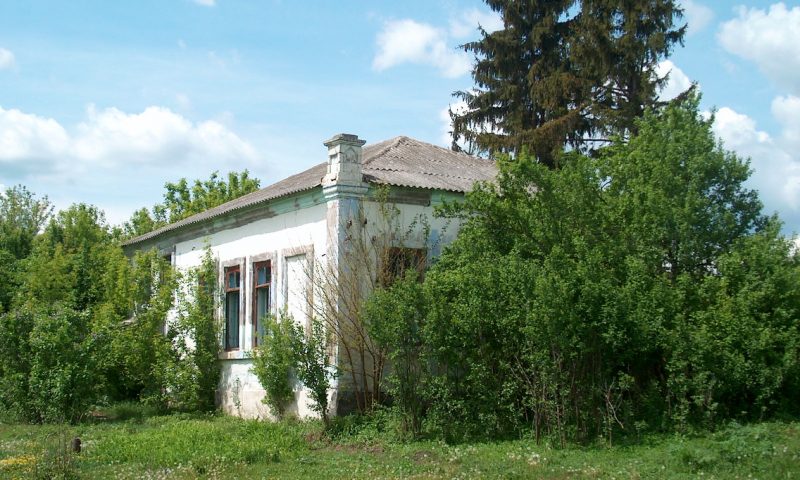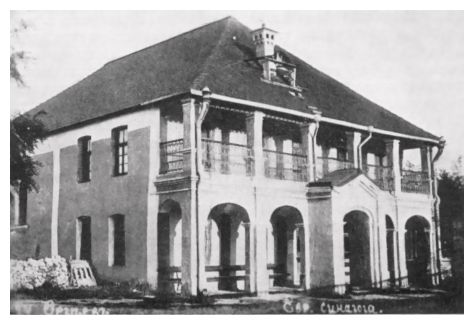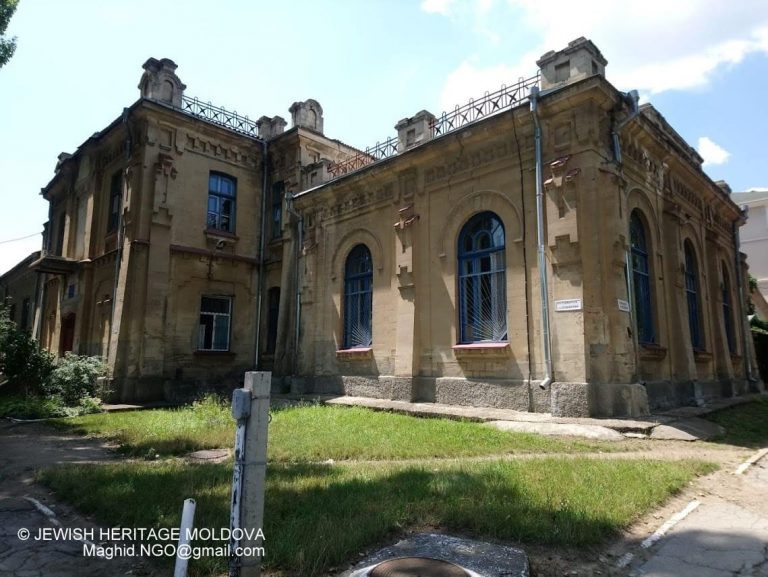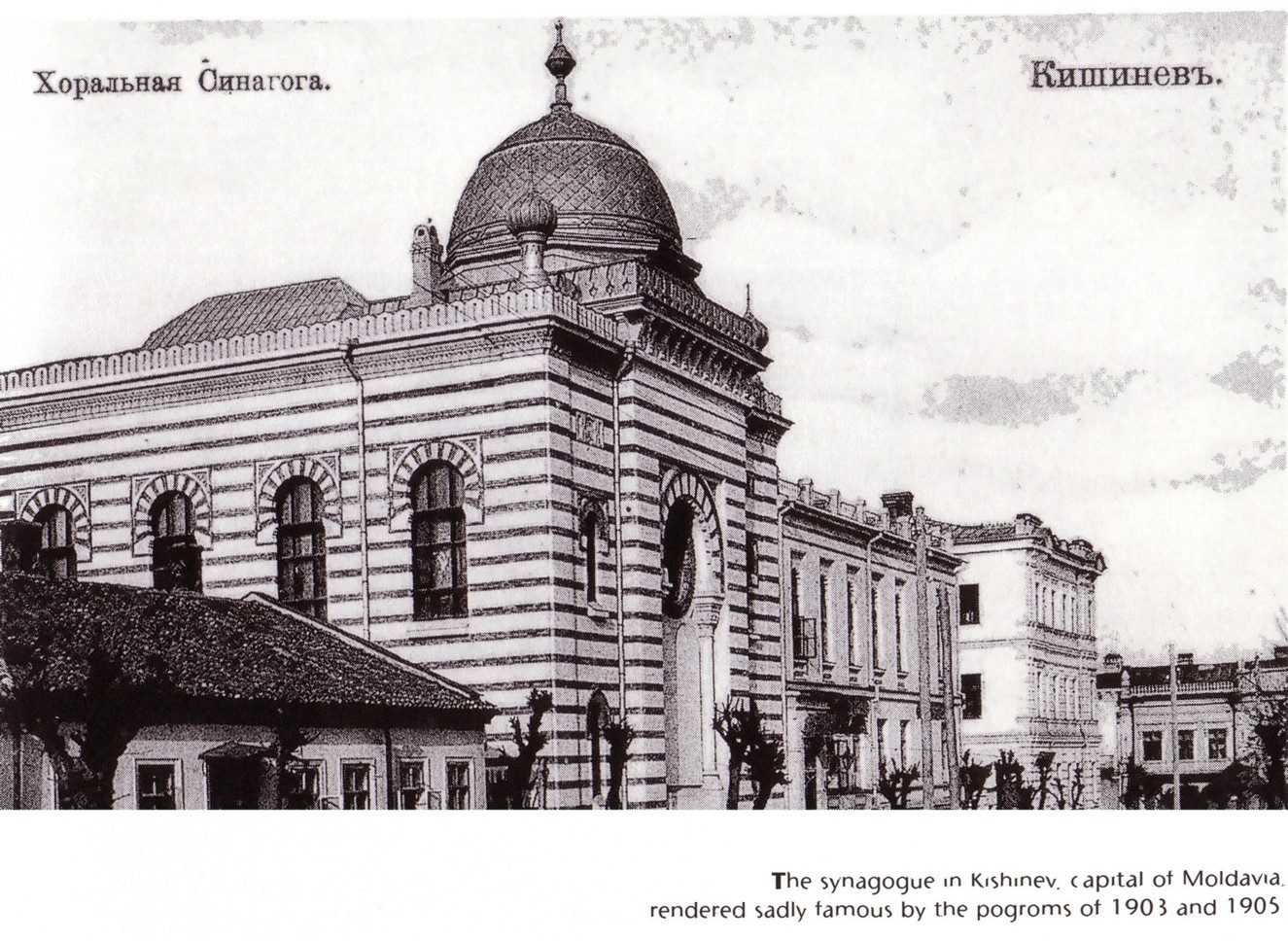From Roman Legions to our Days: Jewish History of Moldova Mosaics
Jews appeared on the territory of modern Moldova more than 2000 years ago. In the south of the country, the graves of Roman legionaries with the inscriptions in Hebrew and the image of the menorah and the Star of David were found. By the time of the collapse of the Roman Empire, Jewish communities had already existed here.
The fate and history of the Jews of Moldova are inextricably linked with the complex and ambiguous history of the region, the events that have occurred and the development trends.
The most significant period for the Moldovan community, which contributed to the European and world Jewish history, was the period of the 19th and 20th centuries, when Jewish life reached its heyday in cities and towns.
It was the time of famous rabbis, artisans and poets, pogroms, the Holocaust and the waves of emigration to Israel, North and Latin America, Europe. At that time, a special literary and musical culture developed in Bessarabian Yiddish.
Today, the hundreds of former synagogues, dozens of ancient cemeteries, remnants of architectural elements in the most unexpected places throughout the Republic remain from the former busy life. Nowadays< already other generations are trying to preserve the past in their own new way, to live in the present and build the future of the Jewish community of Moldova.
The Republic of Moldova is a state located in South-eastern Europe between Ukraine and Romania. Its territory is 33,700 square kilometers; the actual population is 2.6 million people. The first Jews appeared on the territory of modern Moldavia in the 1st century along with Roman legions. There is information that at the end of the 1st century, the Dacian king Decebalus granted special privileges to the Jews of the city of Thalamus, besides, they lived in other cities of Dacia.
In the 7th century, the territory bordered the Khazar Kingdom, where Judaism became the state religion. Weapons, clothing, and jewelry of the Khazars were found here. A Khazar stone with the Hebrew inscriptions was also found.
There is a description of Jewish settlements in the lower reaches of the Dniester, where Slavic Hebrew was spoken. In the region there were Genoese colonies and trading posts, where Jews also lived.
The first documentary mention of the residence of Jews on the territory of the Moldavian Principality dates back to 1391. The ruler Roman the 1st issued a special document that gave Jews the right to live in all the regions of Moldova and provided the Jewish community with benefits.
In the 16th – 18th centuries, many Ashkenazi Jews, immigrants from Germany and Poland, came to the territory of Moldova. Before that, a significant part of the community had been made up of Sephardic Jews.
In different periods, such as, for instance, the reign of Stefan the Great, when some of its representatives held senior positions in the state, the community flourished. There were also dark periods, especially during the reign of Immanuel Aron, when Jews were persecuted, oppressed and even expelled from the country. The Jewish community experienced hard times during the pogroms of Bogdan Khmelnitsky.
In the 18th century, the Turkish Sultan resettled many Jews from Turkey to the territory of Moldova.
In the early 19th century, the Moldavian Principality is the only country in Europe where Jews have the right to own and cultivate land. In 1780, according to the results of the first census of Jews, purposed for collecting taxes, 1,280 families were registered. In 1803, 4,000 Jews, tax payers, lived in the principality.
On the territory of the principality the battles between the troops of Russia and Turkey constantly took place. The victims often were Jews as Russian soldiers and Romanian volunteers massacred them.
When Bessarabia became a part of the Russian Empire in 1812, 50,000 Jews lived here. The Bessarabian province was part of the Pale of Settlement. Jews were granted certain privileges, such as, for example, buying and renting plots of land. Many Jews came here from other regions of Russia and even Europe. By the end of the 19th century, Jews had lived in 200 cities and towns of Bessarabia. In 1897, 230,000 Jews made up 12% of the total population of Bessarabia and more than 50% in some cities.
The growth of anti-Semitism in the Russian Empire led to a series of bloody pogroms, including the famous one of 1903 in Chisinau, and emigration of Jews from Bessarabia to the territory of the future Israel, to America and Europe.
In 1918, Bessarabia became a part of the Romanian Kingdom, and the left bank (modern Transnistria) became a part of the Soviet Russia.
The number of nationalist and fascist organizations in Romania was growing. The future leader Ion Antonescu put forward the theory of purification, cleansing the country of all non-Romanians.
However, until 1935, Jewish communities in Romania, and, accordingly, in Bessarabia, were developing. There were more than 40 Jewish organizations, 350 synagogues, Jewish schools, a theater, magazines, newspapers functioning. Jews had the opportunity to leave Romania for Europe or Palestine.
In 1937, the government of Hitler’s personal friend, Octavian Goga, came to power. By 1940 a law had been introduced to deprive Jews of Romanian citizenship. Romania and the government of Antonescu had introduced the anti-Semitic laws similar to those in Germany. In June 1940, under the Molotov-Ribbentrop Pact, Bessarabia became a part of the USSR. At the same time, part of the territories were transferred to Ukraine, due to which Moldova lost access to the sea and a number of places associated with the Jewish history.
In the MASSR during the same period, Jews were persecuted as part of the struggle against religion. Many of them became victims of the political struggle.
More than 10% of Jews in MASSR were subjected to Stalin’s repressions and exile. About 1,000 people were shot. In 1935-1940, almost all the synagogues were closed or destroyed.
In 1941, Moldova was occupied by German Nazi and Romanian troops. The persecution and extermination of the Jewish population began. In Holocaust. About 500 Jews survived on the territory of Bessarabia and the same number of Jews were saved by the Righteous among the Nations.
September, the deportation of the Jews of Bessarabia to Transnistria started. By December, it was announced that Bessarabia had become Judenfrei – a territory where there were no Jews. In total, about 350 000 Jews died in Moldova during the
Approximately 15 thousand Bessarabian Jews survived the tragedy of the Holocaust on the territory of Transnistria.
In 1947-1948, a number of ghetto prisoners who survived the Holocaust were convicted by the court of the Soviet military tribunal. They were accused of collaborating with the Romanian administration. Jews were also subjected to Stalin’s repressions as part of the fight against cosmopolitans and Jewish doctors.
After the war, 12 synagogues were preserved on the territory of Bessarabia. By 1955, 10 of them had been closed.
After Stalin’s death, some of the repressed Jews returned to Moldova. The first post-war census, in 1959, indicated that 96 thousand Jews lived in the MSSR. However, Jewish life had a virtual character. The religious activity was persecuted. The literature in Hebrew and the materials on the Jewish history were banned and seized.
Then, beginning with 1968, emigration of the Jewish population to Israel was allowed for periods. In the late 1960s, an underground Zionist activity and the movement of objectors started in Moldova. There were anti-Semitic and anti-Zionist trials.
It was only by the end of the 1980s that informal Jewish organizations appeared. Guest travel to Israel was allowed and the first opportunities to study the Jewish history and traditions appeared. Since the beginning of the 1990s, after Moldova gained independence, the life of the local Jewish community has been revived: Jewish schools, a kindergarten, a library have been opened; such organizations as Joint, the Israeli Cultural Center, JAFI have been able to open their representative offices. The religious life of the Jewish community also began to revive, the communities of Agudath Israel and Chabad Lubavitch appeared and began to develop.
On the other hand, from 1989 to the present day, about 90% of the Jewish population of Moldova have emigrated mainly to Israel, Germany, and the USA. Currently, according to local estimates, there are about 10,000 Jews and members of Jewish families living in the country.
It is worth noting that there are many wonderful names and prominent figures of culture, science, and art of the world significance among the Jews – natives of Moldova.
We can mention Meir Dizengoff, one of the founders and the first mayor of Tel Aviv, Shmuel Kogan, the author of the music for the anthem “Atikva”, a rabbi, public and political figure and a community leader Yehuda-Leib Tsirelson, an outstanding musician Anton Rubinshtein, the Oscar-winning film director and screenwriters Lewis Milestone, I.A.L. Diamond and the Epshtein brothers, our contemporaries – the writer Ikhil Shraibman, Israeli politician Avigdor Lieberman, the architect and public figure Semyon Shoikhet. The above names are only a small part of the outstanding Jews of Moldova who have contributed to the development of their homeland, other countries and, ultimately, world culture, science and society.
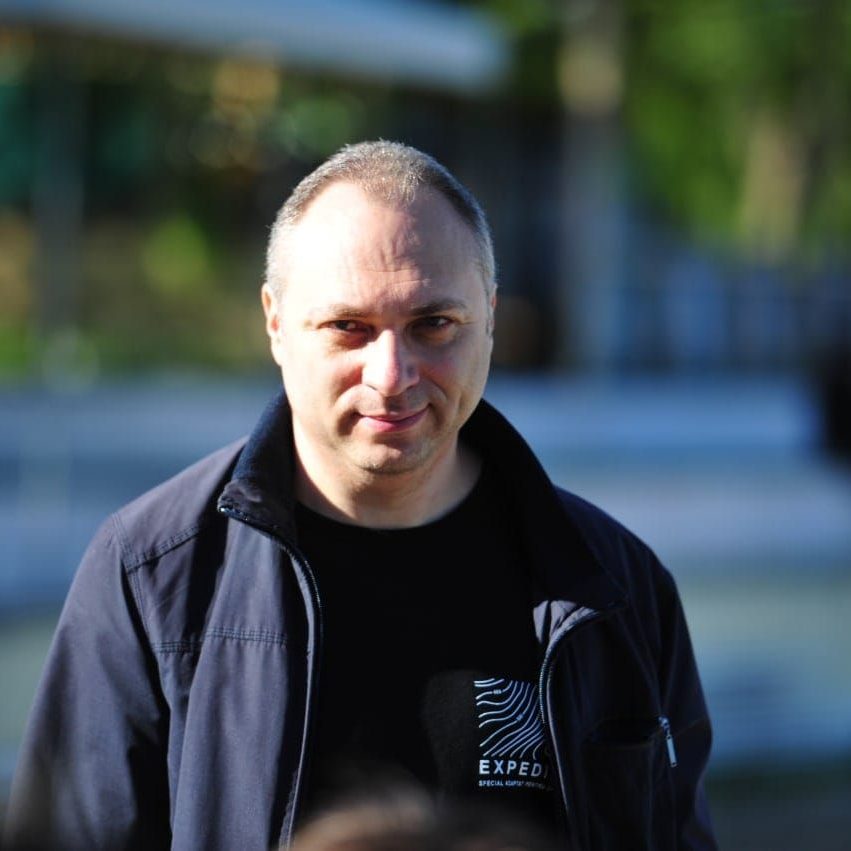
Michael Finckel
Born in Chisinau in 1972. Has more than 25 years of experience working in in senior positions in Jewish organizations in Moldova, including managing more than 15 international projects. He has three higher education diplomas, including the MPA degree obtained at the Academy of Public Administration under the President of the Republic of Moldova. A poet, the author of five books of poems, essays and translations.
